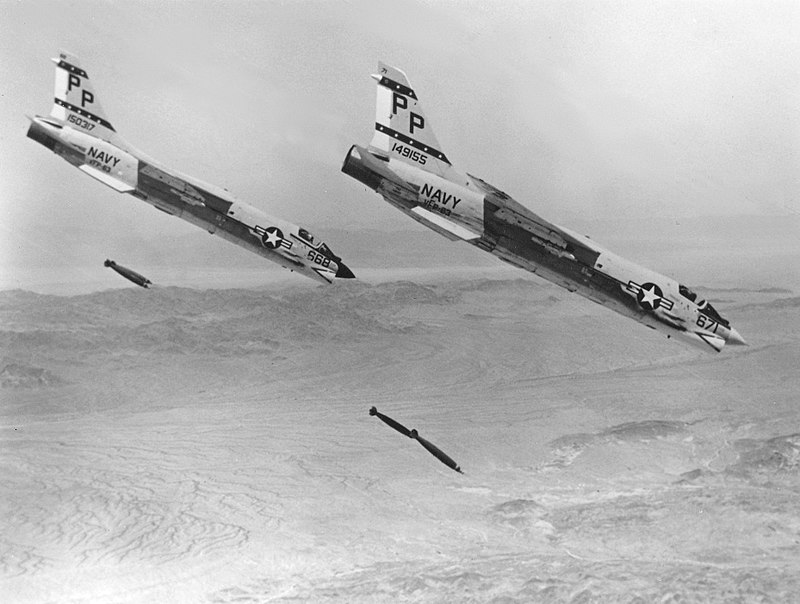Riverside County has been the host of military bases since before World War 1. World War II saw the county and its cities host Naval Air Stations, Army Air Corps airfields, bombing ranges, Naval Hospitals, Army combat training centers, and even a Prisoner Of War Camp.
After World War ll ended the military and federal government transferred a great deal of surplus properties to local government for their use. Many of those posts or installation locations that were used for military training are now as familiar to us as Palm Springs International Airport, Hemet-Ryan Airport, Blythe Airport, and others.
Those installations that remained in the hands of the military are also familiar names such as March Air Reserve Base in Riverside and Imperial counties and our Naval Weapons Center in Norco. One important military installation also remained active following World War ll and remains vital to operations of the Department of the Navy, United States Marine Corp, United States Air Force, and our National Guard.
That installation has been playing a key role in training aerial and ground forces since World War all and right up through today. According to the Department of the Navy, this training ground is roughly 716 square miles making it the largest military installation in Riverside County. Additionally the facility stretches into neighboring Imperial County. The name of this facility is the Chocolate Mountain Aerial Gunnery Range. This range is under the direction of the Commanding Officer of Marine Corps Air Station, Yuma, Arizona. This live fire training range is crucial to developing and maintaining the readiness of our aircrews and ground forces. That training also includes the elite forces such as the Navy’s Special Warfare teams.
Aircraft currently flying at night at Chocolate Mountain Aerial Gunnery Range are: AV 8 Harrier, Bell AH 1 Super Cobra Attack Helicopter, F-35 Lightening, drones, and the Bell UH-1 Huey Helicopter.
Most residents don’t even know that air and ground forces train at this facility. Fewer will ever see the training in progress at the Chocolate Mountain Aerial Gunnery Range. However, this range is a vital part of Naval and Marine Aviators training. Marine Corp Osprey’s and Super Hornet’s train at the range on a regular basis. National Guard F-16’s, F-15’s, A-10’s, and C-130 crews also train here. U.S. Air Force active duty flying units along with their Reserve’s also train at the facility. These are just a few of the aircraft that frequent the ranges at Chocolate Mountain. The newer generation fighters such as the F-22 and F-35 may also be putting metal on target at this important range.
Those who enjoy off roading in Riverside County may have skirted the range while traveling along the historic Bradshaw trail. This trail was established in 1862 and is still accessible to off roaders. The range has off limits signs posted along the Bradshaw Trail to prevent off roaders from being moving targets for aircrews. These off roaders may be the only residents or visitors to have actually seen a low level pass by military aircraft and their crews that fly them. When you hear of March Air Reserve base, The Naval Weapons Center, National Guard Armories and Readiness Centers as essential to our defense and training of our nation’s finest all volunteer military please add Chocolate Mountain Aerial Gunnery Range to the list. This 716-square-mile facility is in many ways just as important to our national defense and readiness as March Air Reserve Base or Norco’s Naval Weapons Center.
Image Sources
- F-8J Crusaders drop bombs at Chocolate Mountain Aerial Gunnery Range: By PHC Dave Tate, U.S. Navy - U.S. Navy National Museum of Naval Aviation photo No. 1996.253.7340.024, Public Domain, https://commons.wikimedia.org/w/index.php?curid=28846233







